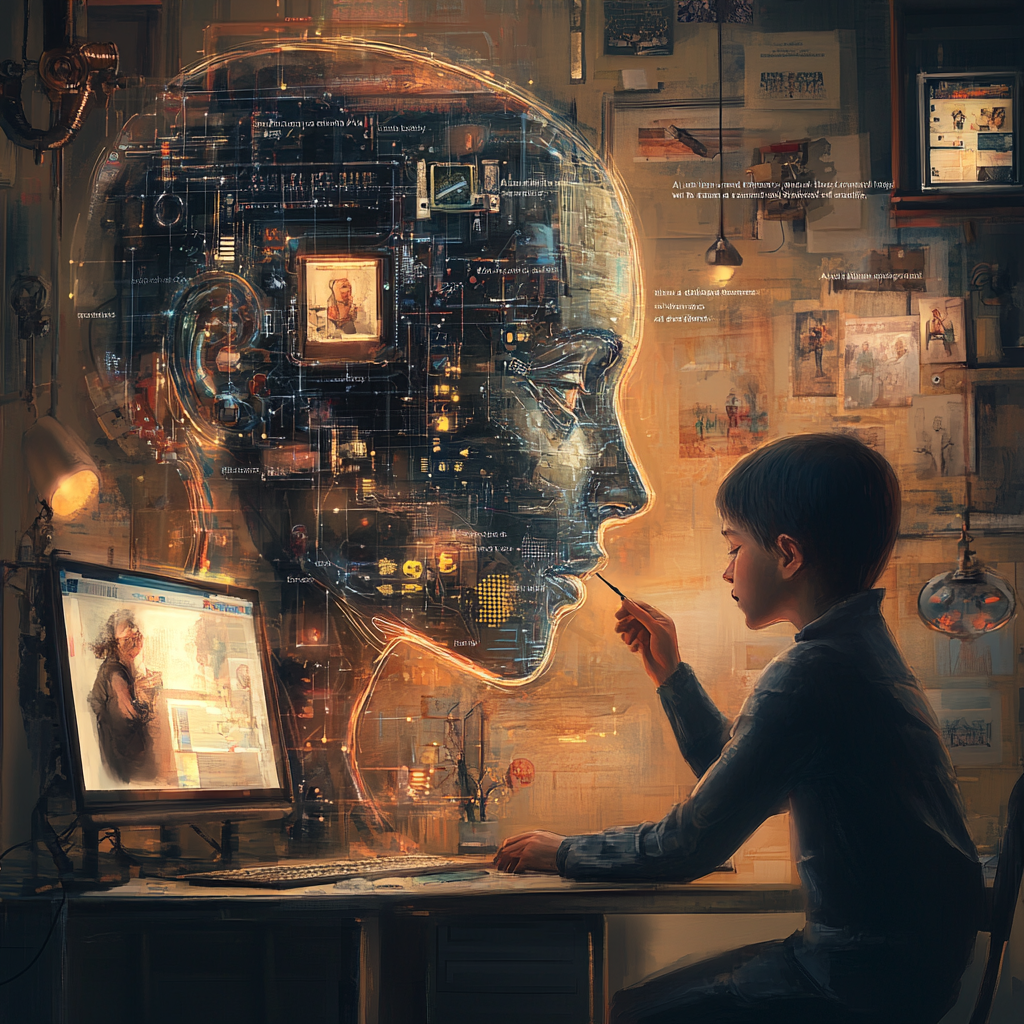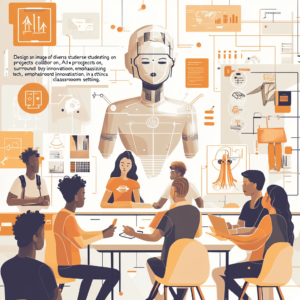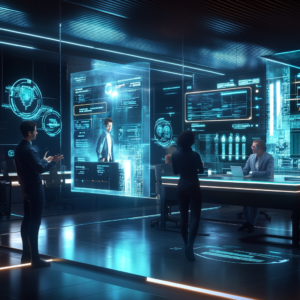
People say they prefer stories written by humans over AI-generated works, yet new study suggests that’s not quite true
Unraveling the Mystery of Storytelling: Human vs. AI
Picture yourself in a cozy nook, engrossed in a masterfully crafted tale. You’re not merely reading; you’re dancing through emotions, feeling each character’s heartbeat and relishing every plot twist. Now, imagine the shock when you find out this captivating narrative wasn’t penned by a human but composed by an AI. Would your enjoyment plummet? Surprisingly, many would say yes. Recent studies, however, unearth a fascinating enigma: our preferences are often dictated by perception rather than the essence of the stories themselves.
The Preference Paradigm: What We Say vs. What We Do
At the heart of this discussion is a striking contradiction: although individuals profess a strong preference for human-written stories, their behavior tells a story of its own. One recent study found that people invest comparable time and money in both human and AI narratives, despite declaring a bias toward the human touch[1]. What does this mean in the grand scheme of storytelling? Are we all just bystanders, stuck in the nostalgia of a bygone era where human authors reigned supreme?
The Allure of Human Authorship: What’s So Special?
One major reason for this stated preference lies in the distinctiveness of the human touch. Stories crafted by humans often carry the weight of emotional authenticity. Think about it: a writer pours their experiences, cultural nuances, and personal oddities into their work, resulting in narratives rich with complexity and emotional resonance. We’re not just rational beings; we crave the warmth of a human connection, the irony that tickles our thoughts, and the nostalgia that transports us back to vivid memories. In contrast, while AI has indeed become proficient in generating coherent narratives, it often lacks the nuanced emotional layering that makes a story feel *alive*[3].
The Labeling Effect: Judgments Colored by Source
This brings us to an intriguing notion: labels profoundly affect our perceptions. In a striking experiment, participants rated stories poorly when they believed they were generated by AI, even when the narratives were essentially on par with human-quality writing[3]. This phenomenon—often termed “algorithm aversion”—uncovers a psychological bias we’ve developed. We tend to underestimate AI’s creative capabilities, preferring to share what we perceive as human-content, even if it’s not strictly true[5]. It’s baffling, isn’t it? Our perception often clouds our judgment, blurring the lines between quality and origin.
The Investment Disparity: Money Talks
Despite our proclaimed preferences for human stories, readers don’t discriminate when it comes to engagement. Research indicates that, surprisingly, they allocate equal time and resources to both human and AI narratives[1]. This suggests a substantial disconnect: while the origin of a story might color our initial impressions, it’s ultimately the quality of the content that ensures our continued interest. How refreshing it is to behold a literary landscape evolving to accommodate this duality, where AI serves as a creative partner rather than a formidable rival!
Spotting the AI: The Quest for Distinction
On an individual level, it’s noteworthy that not everyone excels at identifying human-created versus AI-written pieces. Fluid intelligence—the knack for solving new problems—plays a significant role in one’s ability to make this distinction, alongside other factors such as empathy and digital habits[5]. Interestingly, social media aficionados seem to be more susceptible to mistaking AI content for human-generated material, possibly due to the blurring lines created by our digital consumption patterns[5]. Here, we must ponder: how does our fast-paced digital world shape our critical thinking skills?
Looking Ahead: What Lies in Store for Storytelling?
As technological advancements propel AI’s creative capacities, the distinction between human and machine-generated content will likely continue to dwindle. The challenge ahead lies in striking a balance between innovation and human artistry. Picture a future where AI acts as a savvy collaborator, assisting writers in brainstorming ideas and honing drafts, rather than serving as a mere substitute. This synergy is a recipe for an artistic revolution that could blend the best traits of both realms, cultivating new narrative possibilities while honoring human creativity.
Joining the Discussion
Want to stay up to date with the latest news on neural networks and automation? Subscribe to our Telegram channel: @channel_neirotoken
In the grand tapestry of storytelling, the future isn’t about choosing allegiance between humans and AI; it’s about reveling in the unique strengths each possesses. Whether you are a writer, reader, or an inquisitive observer, the shifting landscape offers boundless opportunities to engage, create, and connect. So, let’s open our minds, embrace this evolution, and witness how it unfolds!

